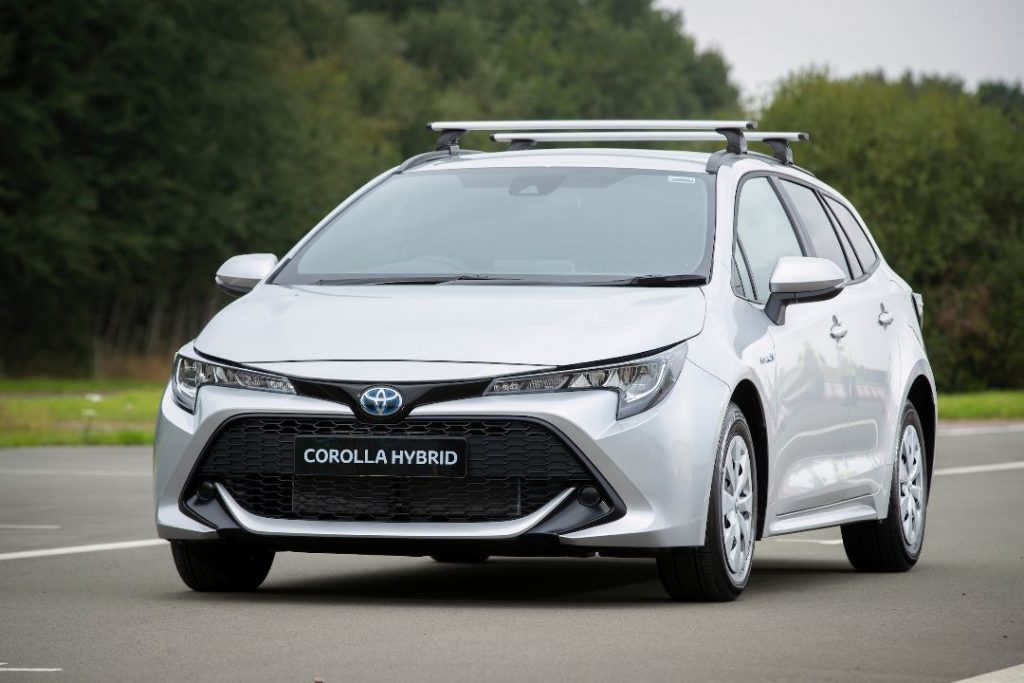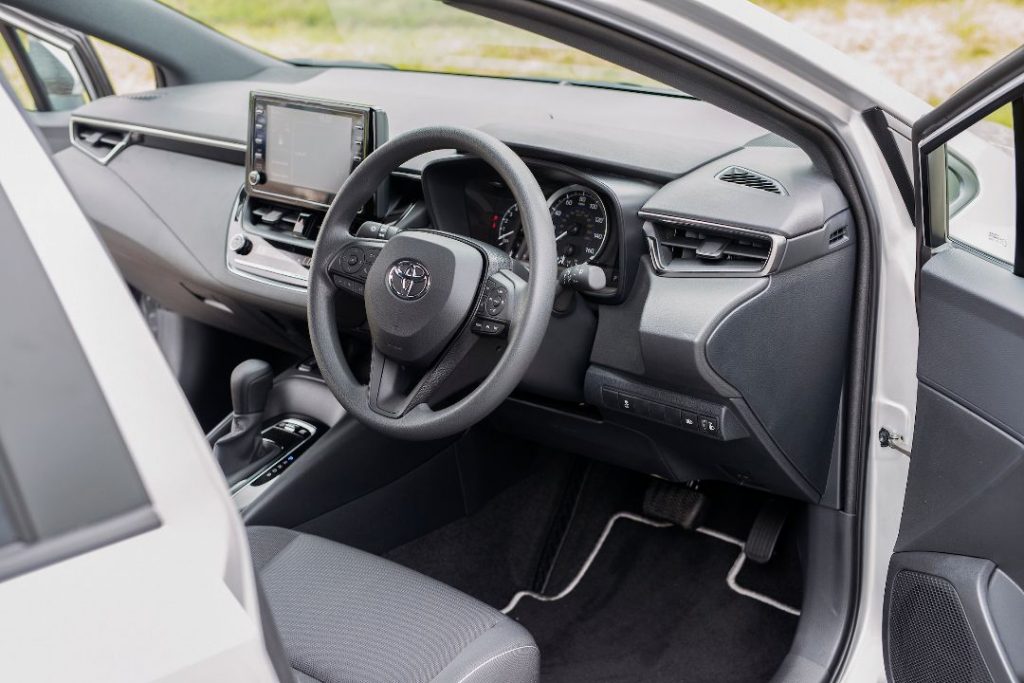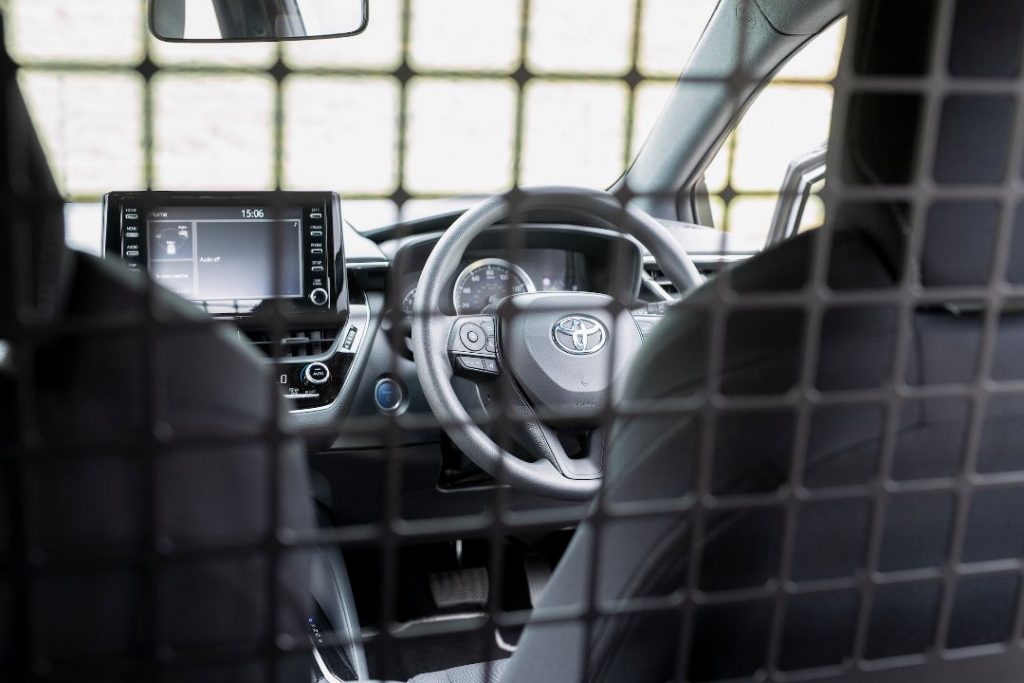Home »
With pressure on operators to reduce pollution and cut their carbon output, what are the pros and cons of the alternatives to diesel power?
With concern over air quality and man-made global warming, there is increasing pressure from legislators and customers for vehicle operators to account for their emissions, and to reduce them wherever possible. The main areas of concern are nitrous oxides (NOx), hydrocarbon emissions (HC) and particulate matter (PM) – these can worsen air quality and have an effect on public health – as well as carbon dioxide (CO2), which is the main greenhouse gas associated with global warming.
Some cities are adopting ‘low emission zones’ (LEZs) which generally require vehicles with the latest emissions standards, while many firms are undertaking environmental audits, which usually focus on the net carbon production of the firm’s operations – its ‘carbon footprint’: fuel type and fuel usage are a large part of these audits.
More small companies are also undertaking green audits, particularly those in public sector work or facing eco-conscious consumers.
But these audits are about more than fuel: recycling is another issue, and while there are no current standards for commercial vehicle recyclability, it is worth noting that over 90% of an Iveco EcoDaily is recyclable.
The vast majority of commercial vehicles are powered by either compression-ignition (CI) diesel engines or spark-ignition (SI) petrol engines. Diesels are generally much more fuel-efficient than SI engines – so they emit less CO2 – but they tend to generate more NOx and PM.
Engine technology has improved dramatically, so that NOx, HC and PM emissions are all a small fraction of what they were twenty years ago. Driver aids such as stop/start systems and automated gearboxes can give significant fuel savings, while driver training is also a cost-effective way of saving fuel and thus reducing emissions.
But despite the increasing efficiency of diesel engines organisations are looking for power sources which improve air quality and reduce ‘carbon footprint’. However, all the alternatives are compromised in terms of range, performance or expense.
LPG (Liquefied Petroleum Gas) runs in lightly-modified SI petrol engines and generates low particulate emissions, but has no carbon benefit. It has attracted lower duty rates than petrol or diesel , but this advantage is steadily being reduced, and LPG is unlikely to be cheaper than other fossil fuels in the long term.
Natural gas (methane, CH4) is a clean-burning fuel which – for cars and vans – is used in SI engines and is suited to urban operations where air quality is paramount. It can be stored as CNG (compressed natural gas) or LNG (liquefied natural gas). CNG is stored in high-pressure steel or composite tanks. Even so, the ‘energy density’ of CNG is still lower than that of diesel fuel, so the tanks are bulky and range is compromised. There is a limited network of CNG filling stations in the UK, but the fuel is best suited to depot-based operations with a gas compressing plant (supplied with mains gas) on site. Some manufacturers offer CNG vehicles converted by a third party; Iveco offers a range of full factory-built CNG vans and trucks.
LNG is stored in insulated tanks at -160°C; again, the tanks are bulkier than diesel tanks, and operationally LNG vehicles are exactly the same as CNG vehicles. LNG filling tanks are easily installed at a depot, but there is again a limited network of LNG filling stations. None of the large manufacturers sells off-the-shelf LNG vehicles, but Iveco will convert CNG vehicles upon request.
Biofuels have been produced from plants or other biological matter, and they can be used without a net contribution to CO2 levels, making them ideal for minimising carbon footprint. They are also often usable as direct replacements for fossil fuels with no hardware modification. However, there is some concern over the sustainability of biofuel crops which take the place of food crops.
Biodiesel can come from plant crops or used cooking oils, and can be used as a diesel substitute or blended with mineral diesel to produce bio-blends B10, B30 etc. It represents an easy way to reduce a vehicle’s net carbon emissions. Before using biodiesel it is advisable to consult the manufacturer because acceptable levels vary greatly.
Biogas is natural gas (methane/CH4) produced in a ‘digester’ plant from vegetable waste, food waste and landfill rubbish. It is a direct substitute for CNG or LNG, and is sold at a small number of sites. Environmentally biogas is a good option. In the short term, it’s one of the best opportunities to get a good environmental result at the lowest cost.
Bioethanol is an alcohol fuel which can be used as a full or partial substitute for petrol – pure bioethanol has higher energy content than petrol.
Battery-powered electric commercial vehicles are well established: milk floats demonstrate quiet, reliable operation without local pollution – as well as short range, high weight and high purchase cost.
Modern electric vans are better, and are available at almost every size: Most manufactuers for example, make 3.5t and 5t GVW models. But they still have a major limitation: batteries are heavy and expensive, and to get significant range or performance the payload has to be reduced. An electric vehicle has a high upfront cost and it’s difficult to demonstrate a payback – you’ve got to have a low daily mileage to make them work. Electric vehicles are best suited for city applications.
While tailpipe emissions are non-existent, the electricity needed to charge the batteries has to come from somewhere – whether fossil fuel, nuclear or a renewable source.
Hybrid vehicles, typically with a diesel or petrol engine and a supplementary electric motor, can reduce tailpipe emissions dramatically – at low speeds, they often run on battery power alone – as well as saving fuel in stop-start operation. Range is not a problem, but as with electric vehicles the payback time is likely to be long.
Fuel cells are an alternative to battery power: they use a chemical fuel to generate electricity. The fuel is usually hydrogen (H2), which combines with oxygen to produce water. The Vauxhall Vivaro-e Hydrogen is an example of a fuel cell van being tested.
However, producing and storing hydrogen is problematic, so attention has moved to liquid-fuelled cells, typically using ethanol. This is an attractive solution, with no range limitation and potentially a small carbon footprint, but the vehicles will remain as prototypes for years to come.
Toyota has taken the wraps off the new Toyota Corolla Commercial Hybrid Electric Van.
The world premiere of the new Corolla Commercial van will make it the first full hybrid van in its class when it goes on sale next year.
It will be built at Toyota’s Burnaston plant, where all Toyota Corollas are made for Europe and will use the same self-charging tech as the Corolla hatchback and Touring Sports passenger models.
Read our Toyota Corolla Commercial Hybrid review
Only one model of the Corolla Commercial is due to be built and will be based on the Corolla Touring Sports 1.8 Hybrid model. The rear seats will be removed and replaced with a proper load area. No other changes are necessary with the same multilink rear suspension and expected fuel economy of between 55.3mpg and 62.7mpg.
That will mean the Toyota Corolla van will have CO2 emissions of between 102g/km and 115g/km. Toyota also says the Toyota Corolla Commercial will have a towing capacity of 750kg with a braked trailer.
Other figures, include payload and volume will be confirmed once the vehicle has been homologated.
The Toyota Corolla Commercial will be able to drive with the diesel engine running or as a pure electric when in EV mode. The new hybrid van will line-up alongside the current range of diesel vans that include the Toyota Proace, Proace City and Land Cruiser Commercial as well as the Proace Electric and Proace City Electric.
Read the Toyota Proace review
“Toyota’s hybrid technology has well-proven reliability and delivers day-to-day savings on running costs with its fuel efficiency. It’s a unique addition to the Toyota Professional range and the wider LCV market and we’re confident will attract strong interest,” said Mark Roden, Toyota (GB) operations director.
Order books will open later on in the year with early indications from Toyota of it having an on the road price of £22,134.









Word on the street in Burnaston is that there'll be a Toyota Corolla van built at the plant next year.
The Derbyshire plant already produces the Corolla family and a hybrid van would do nicely in helping Toyota reduce their overall CO2 outputs from all those Toyota Hilux pick-up trucks they sell.
Don't expect much more than the rear seats to be removed and some sticky black film on the rear windows but a Corolla van would be a welcome addition to a segement of the market that disappeared many years ago when the Vauxhall Astravan went off sale.
The Corolla commercial vehicle will join the rapidly expanding Toyota commercial vehicle range which includes the small Toyota Proace City and medium-sized Toyota Proace. There is also the Toyota Hilux pick-up truck and Toyota Land Cruiser Commercial.
Read the Toyota Proace review
Toyota will unveil the new van at the CV Show on Tuesday. Stay tuned for more from the show.
London black cab maker LEVC has revealed the first details of its new LEVC e-Camper, claiming to be the world’s first electric campervan.
Based on the LEVC VN5 electric van and the LEVC TX5 taxi, the LEVC e-Camper is a plug-in hybrid leisure vehicle capable of 60 miles of electric only driving with a total range of more than 300 miles.
Produced in partnership with Wellhouse Leisure deliveries are expected to begin in Q4 of this year with a starting price of £62,250.
The e-Camper has sleeping room for up to four people with one bed in the main body and another bed in the pop-up roof. It features an integrated kitchen with electric cooking facilities, and has a central folding table.
The first row of seats can swivel 180-degrees to provide dining and socialising space, while the pop-up roof means that an adult can stand upright inside.
LEVC will also be launching a range of accessories for outdoor activities like mountain biking and surging with a range of rack solutions.

LEVC recently announced the VN5 taxi-based van would get Sortimo van racking options after being names as a new conversion partner for the London taxi-based electric van.
Sortimo’s SR5 van shelving has been customised to fit into the LEVC VN5 and will have a range of folding racking, drawers, roof racks and load boxes all available.
Customers are also able to choose their perfectl van storage options with the help of the mySortimo online configurator tool, as well as being able to get vehicle decals created for their vehicle.
Volkswagen has premiered the latest update in its range of medium sized passenger mover based on the new Transporter van. The Volkswagen Multivan T7 is the replacement for the current Volkswagen Caravelle and wil have the same seven seat capacity with even greater comfort, practicality and technology on offer.
The Multivan has an all-new exterior design but plays reference to the vehicles that have come before it, while also updating the van for better visibility (with narrower A-pillars) and distinctive front and rear light designs.
The Multivan has a longer wheelbase than the previous version and sits wider and lower on the road. But, it is the addition of a new hybrid powertrain that is the most radical update. The Multivan eHybrid combines a 1.4-litre TSI petrol engine with 147hp to an 85kW electric motor to produce a combined power output of 160kW (215hp).
A diesel engine will also be available with 147hp next year, but will launch with front-wheel drive four-cylinder turbocharged 1.50litre petrol engines with 134hp and 201hp.
Known for safety systems, the new Volkswagen Multivan T7 is the most advanced VW commercial yet. There are now 29 driver assist systems. These include Front Assist area monitoring system with City Emergency Braking, Dynamic Road Sign Display, and Lane Assist. Another system is Car2X which allows local communication with other vehicles and the highways infrastructure, in order to provide warnings of any danger.
Read our Volkswagen Van Reviews
There's also side protection, cross wind assist, turn-off assist (that warns of any oncoming traffic when turning across a carriageway) and an exit warning system. This tells you if, when opening a door, there are any bicycles or vehicles approaching.
The interior of the van has has a redesign. There's a new dash, steering wheel and infotainment system. As well as a 10.25-inch dash cluster and 10-inch infotainment screen. There's also a remote connection to the vehicle called We Connect Plus.
Along with seven seats, the Multivan also gets a new smart multi-function table . It can be moved between any of the rows or used as a centre console between the front seats. The table is also completely removable, as well as being height height adjustable.
The styling of the Multivan will indicate the looks of the new van scheduled to go on sale next year. In partnership with Ford, the next Transporter will be based on the Transit Custom.
Order books are not yet open, but VW is asking customers to sign up to register their interest.




The LEVC VN5 will be available with official internal racking after Sortimo was revealed as a new conversion partner for the London taxi-based electric van.
Sortimo’s SR5 van shelving has been customised to fit into the LEVC VN5 with folding racking, drawers, roof racks and load boxes all available. Customers be able to specify their ideal van storage options with the mySortimo the online configurator tool and be able to get vehicle decals created.
Joerg Hofmann, CEO of LEVC, said: “It is extremely important that we can offer VN5 customers flexible, bespoke solutions to meet their individual needs. Sortimo will play a vital role in ensuring we can offer high quality racking solutions that will make VN5 even more versatile and accessible to a wider range of markets.”